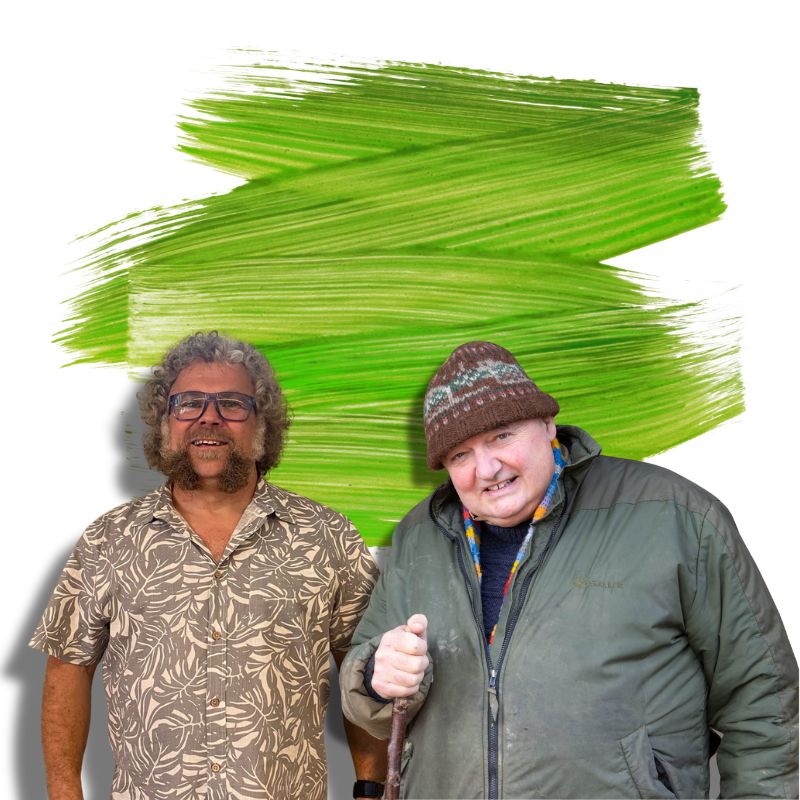23 July 2025
01:07:56
Chris Jones
OVERVIEW:
Curly Steve and Chris Jones discuss what happens when you let nature take the lead. From his Cornish farm, Chris shares how introducing beavers transformed not just the landscape but his entire approach to farming. They dive into the real impact of these quiet engineers: slowing flood surges, cleaning water, boosting biodiversity, and quietly challenging how we manage land in a climate crisis. Chris, co-founder of the Beaver Trust and lead partner at the Cornwall Beaver Project, gives grounded, first-hand insight into working with nature rather than against it. They cover everything from parasite-free cattle and dry toilets to licensing red tape and the future of wild reintroductions. It’s a quietly radical conversation about trust, change, and the simple power of giving space back to nature.TOPICS
UncategorisedAVAILABLE ON:

WATCH ON YOUTUBE
The Chat
The Guest: Chris Jones
Farmer, Environmental Advocate, Lead Partner at the Cornwall Beaver Project, Co-Founder of the Beaver Trust
The Chat
From Soil Loss to Regeneration
Chris shares the early days of Woodland Valley Farm, tracing his journey from traditional mixed farming through to environmental collapse under industrial daffodil growers. The devastation of the soil pushed him to rethink everything. He adopted organic farming, stopped ploughing, and started letting nature lead. His cows now graze in a rotational system that mimics wild herds, breaking parasite cycles and feeding dung beetles, which in turn feed endangered species like the greater horseshoe bat.
Building Resilience Through Beavers
Repeated local floods and the absence of state funding led Chris to a simple question: what if beavers could do the job for free? Since introducing them in partnership with Cornwall Wildlife Trust, the changes have been dramatic. Flood surges are delayed by hours, silt is held on land instead of washing into the sea, and standing water has made the farm more drought-resistant. Fish have returned in larger numbers and sizes, thanks to complex dam systems providing shelter and food. Even water quality has improved, with nitrates filtering out naturally through the beavers’ wetlands.
Biodiversity on the Rise
From amphibians to bats, reptiles to mammals, the whole site is now alive with activity. Chris compares a stream without beavers to a smoky bonfire. Add beavers, and it’s like throwing petrol on it. Everything ignites. Algae supports insects, which feed birds, mammals, and fish. Polecats, grass snakes, otters, and 11 species of bats now call the site home.
Letting Beavers Lead
Chris explains that the current five-acre fenced enclosure is useful for research and accessibility, but he’s in favour of letting beavers roam freely across Cornwall. Beavers, once settled, tend to stay. The challenge lies not in their behaviour but in the bureaucracy. Licences from Natural England are expensive and complex, pushing the burden onto charities and landowners. Still, Chris is hopeful: more wild populations are thriving quietly across rivers like the Tamar and the Otter.
Human Intervention: Minimal
Apart from fencing and a wheelchair-accessible walkway, very little has been done by humans. The space is a living demonstration of what happens when you step back and let beavers do what they do best.
A Tour of the Beaver
Chris gives a brilliant rundown of beaver anatomy and adaptations, from fat-storing tails and waterproof fur to self-sharpening teeth and underwater-chewing cheeks. Once nearly wiped out for their underfur, they are now making a quiet comeback.
Hope for the Future
Despite climate challenges and policy barriers, Chris remains hopeful. He points to the younger generation of farmers, the growing evidence base, and the sheer impact of letting beavers reshape the land.
Chris’s Top Achievable Tips
-
Grow your own food, even in a pot
-
Install a dry composting toilet
-
Buy local and organic whenever you can
-
Actively support beaver reintroduction schemes
-
Visit Cornwall Beaver Project and spread the word
Chris’s Evidence
-
Three Against the Wilderness by Eric Collier
-
Eager by Ben Goldfarb
-
Cornwall Beaver Project research and case study
-
River Otter Beaver Trial (England’s first licensed wild release)
-
Farm Carbon Cutting Toolkit
What One Thing Can We Do Today to Make a Better Tomorrow?
Drive less. Walk more. Use public transport when you can.
Chris is clear: using less oil and gas is vital, and personal choices matter. It starts with us.
Contact Details
Cornwall Beaver Project
www.cornwallbeaverproject.org
Instagram: @cornwallbeaverproject
Email: [email protected]


